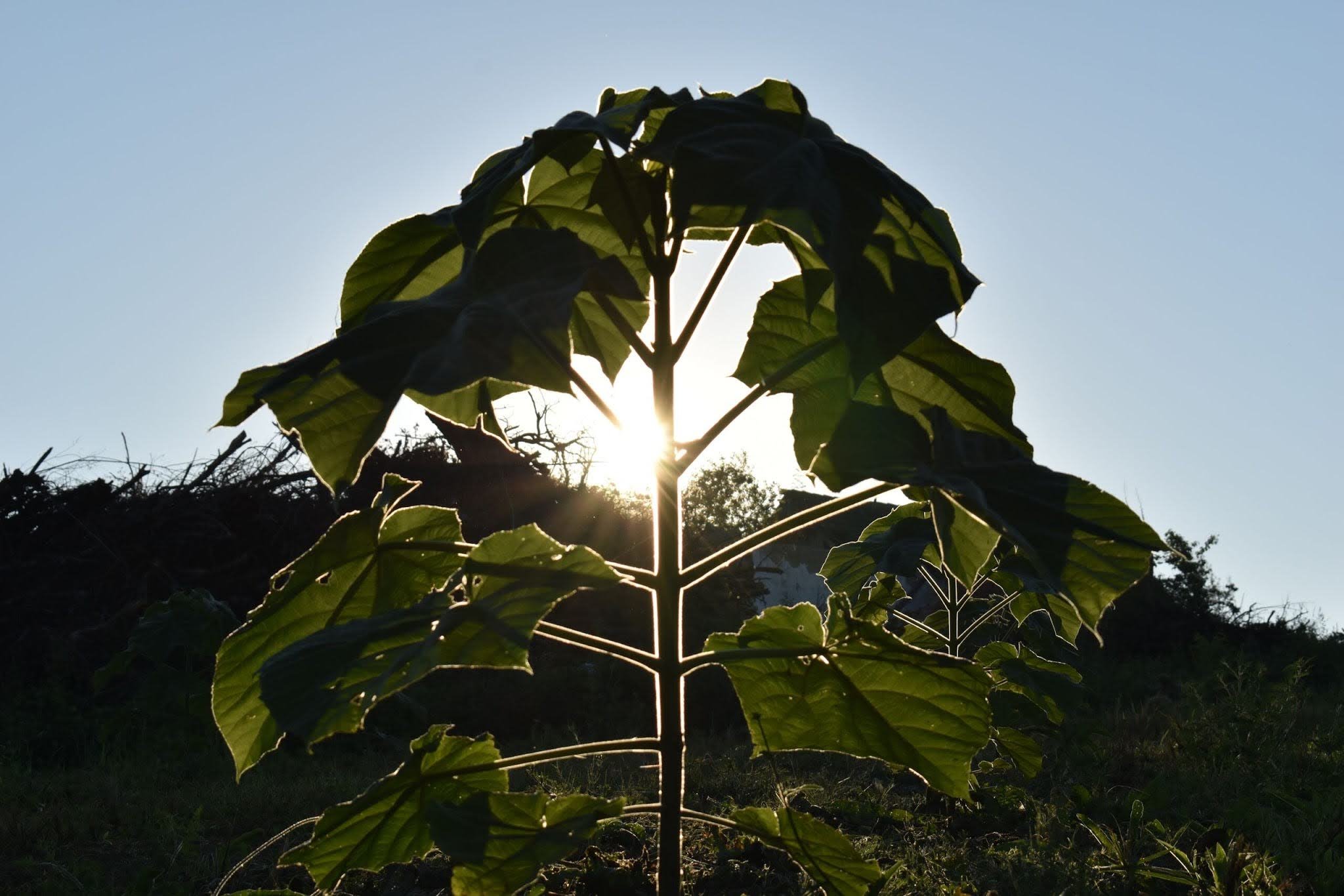Establishing Traceable Carbon Sequestration: Carbon Removals & Bioeconomy
Capture tons of carbon with (tree) plantations for bio-based construction.
status: project development
quick facts
full value chain
Working with stakeholders along the full value chain - from farmers to builders
10x CO2 removal
10 times more CO2 absorption compared to traditional forests
light and high-strength wood
Paulownia timber is light and high-strength wood for construction and furniture
partner with us
We are working with partners along the whole value chain: farmers, land owners, software developers, carbon sequestration verification companies, construction companies, timber processing companies, housing developers, investors, life-cycle assessment researchers, and many others. If you are interested in joining our consortia, contact us today
problem
Nature-based solutions hold considerable potential for carbon removal and mitigating climate change impact, but available methods lack transparency and scalability.
solution
Establish the full value chain of production of bio-based construction materials with a connection to the carbon credits market, connecting all the stakeholders, from farmers to builders.
project overview
-
Nature-based solutions have enormous potential to fight climate change but often lack transparency, efficiency, and scalability. Their impact remains limited without the engagement of local communities and farmers.
Meanwhile, EU construction material demand is rising, reaching 9,020 million tons by 2030. Timber is vital for the bioeconomy, but local supply is scarce, requiring innovative production approaches.
-
Partnering with experts in tree cultivation, agroforestry, carbon farming, and bio-based construction, we aim to advance nature-based solutions. Our ambitions include establishing tree plantations across the EU, using data-driven tools for carbon sequestration monitoring, and promoting bio-based building materials. All processes are traceable and verified by third parties.
expected outcomes
-

New tree plantations and enhanced carbon sequestration in biomass
-

Higher adoption of data-driven tools for smart farming
-

Increased transparency of the carbon market and improved public trust in the carbon market
-

Collaboration with stakeholders along the full value chain and better integration of local communities into climate change mitigation
-

Innovative applications of bio-based construction materials by construction companies
-

Higher adoption of bio-based construction materials, locally sourced in Europe and fully traceable back to a tree




